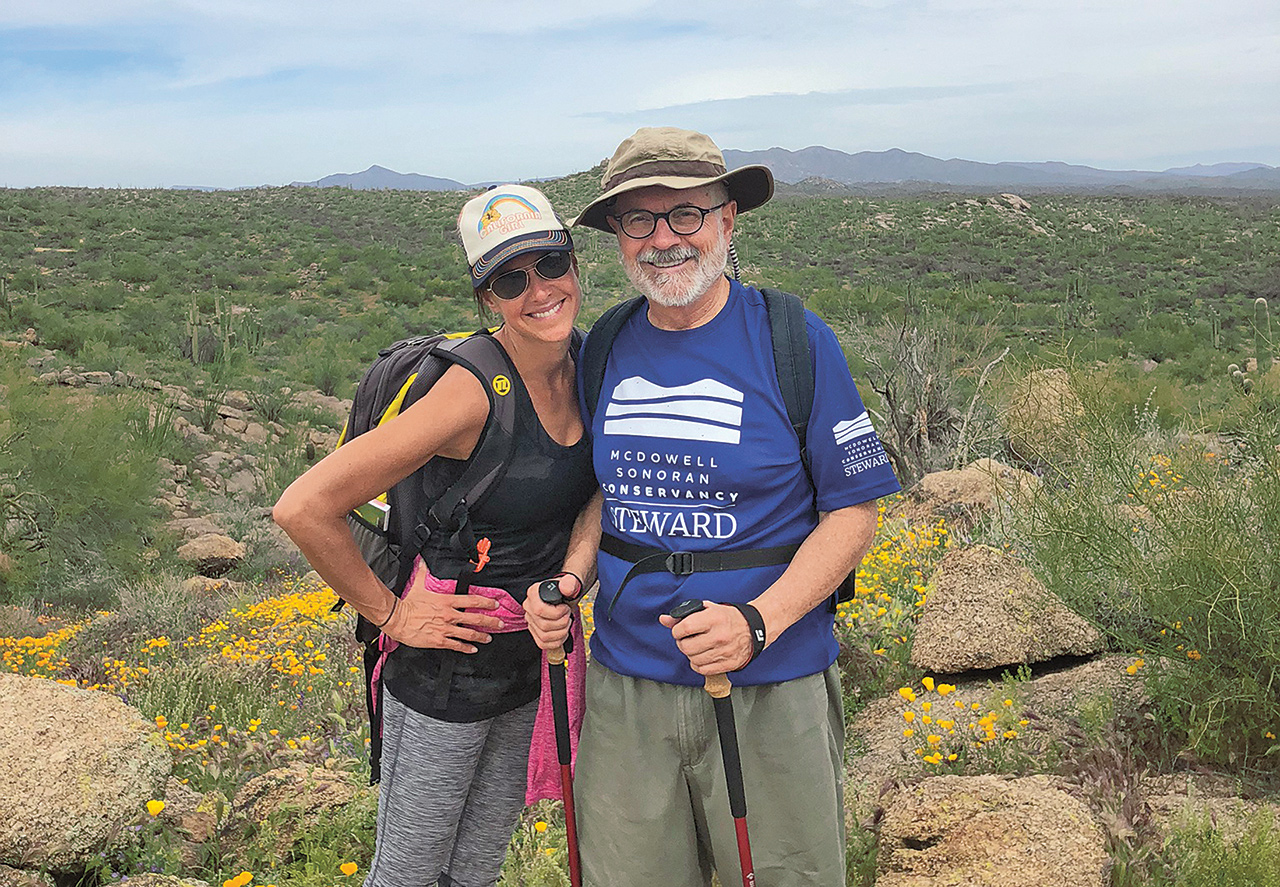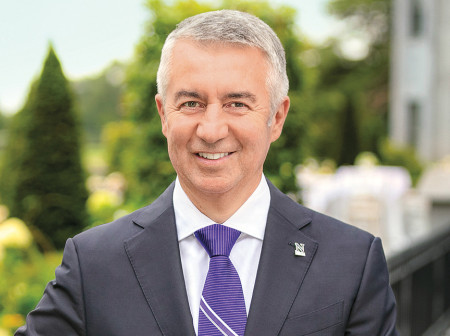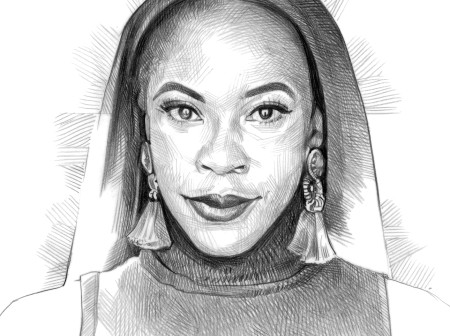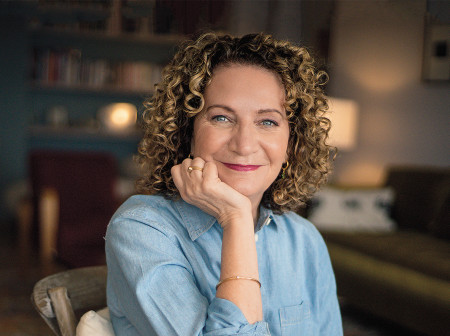When Richard Bourke became a volunteer at the McDowell Sonoran Conservancy in Scottsdale, Ariz., in 2012, he expected to spend an outdoorsy retirement in the nonprofit’s dry, mountainous desert preserve. “I just wanted to be outside, do physical activity and learn more about the desert,” he says. But Bourke, who spent a lengthy career in finance, rose through the organization’s ranks and eventually accepted its board chair position in 2018. He has helped the conservancy, which partners with Scottsdale to maintain the more than 30,000-acre city-owned McDowell Sonoran Preserve, bring about broad change through research and education. The organization’s Parsons Field Institute partners with scientists and monitors the desert for habitat changes, while the conservancy’s yearly Junior Citizen Science Festival programs teach young students about the importance of the environment. “Given the importance of arid lands around the globe, and given the fact that it’s projected that more and more people around the globe will live in what are considered arid lands, the more we know about how we interact with those arid lands, the better off we’ll be,” he says. Bourke, who lived in Helena, Mont., before heading to Scottsdale in 1987, has been an avid hiker throughout his life. “I’m very much an outdoors guy,” he says, “and I’m very sensitive to the value of a healthy environment.”
Q&A with Albert Manzone ’93 MBA, Trustee
In September 2022 Albert Manzone ’93 MBA was elected to a two-year term as president of the Northwestern Alumni Association (NAA). He takes the helm at a pivotal moment for the NAA, which is implementing a years-in-the-making strategic vision to cultivate a more engaged and inclusive global alumni community.




Reader Responses
No one has commented on this page yet.
Submit a Response